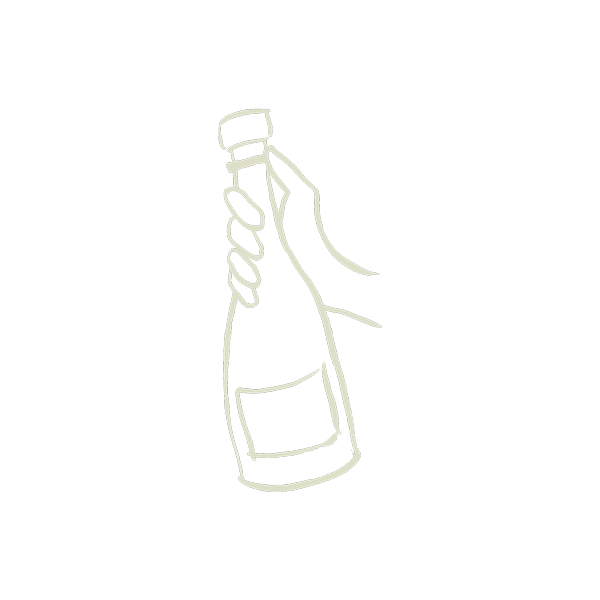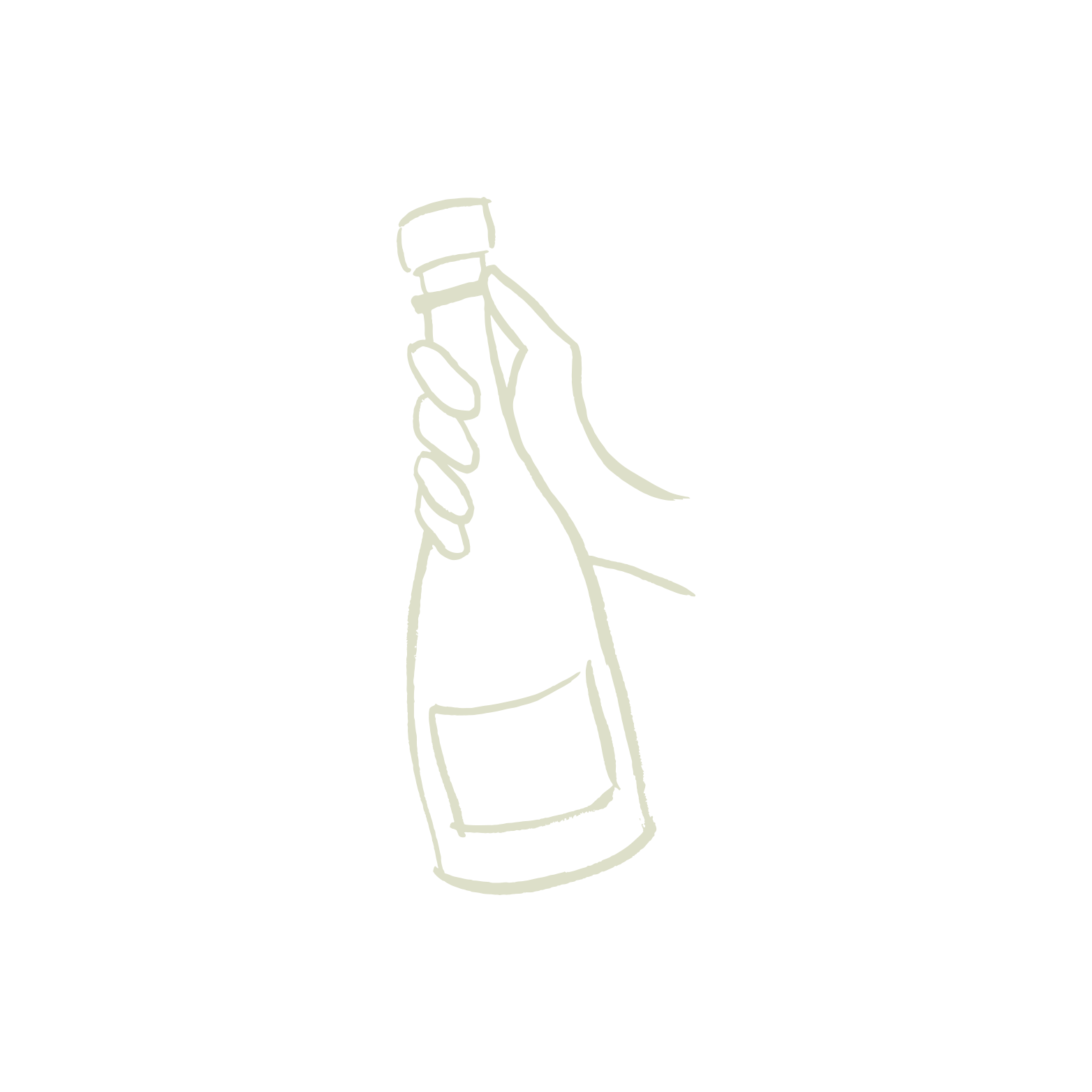The rise and reign of rosé Champagne
Your favorite pink bubbles are not a passing fad.

Mamma said pop rosé. So did your best friend. And the sommelier at dinner last night. Having long ago shed its reputation for being frivolous, too sweet and unacceptable for respectable society, Champagne rosé is having its day. But don’t call it a comeback: Our favorite pink bubbles have been here for years, and if their colorful past is any indication, they’re here to stay.

THE HISTORY OF ROSÉ
As rosé Champagne has entered the popular consciousness, so, too, have the stories about its origin: It was an accident in the tank room when an overworked vigneron fell asleep on the job, letting the red grape skins sit with the clear juice for too long. Or, the Champenois invented it during a time of crisis when red wines from Burgundy threatened to usurp Champagne as the official “drink of kings.” Or, Veuve Clicquot herself invented it in 1775.
 How rosé really came to be may be lost to history, but as early as 1764, rosé Champagne appeared in the house ledgers at Champagne Ruinart, one of the first houses to exclusively produce and sell Champagne. The centuries-old entry described "a basket of 120 bottles, 60 of which were Oeil de Perdrix.” French for “the eye of the partridge, “Oeil de Perdrix” referred to the pale blush color that closely resembled the ring of light pink around the game bird’s eyes in the throes of death. The discovery has led historians to believe that rosé Champagne was making the rounds by the mid 18th century.
How rosé really came to be may be lost to history, but as early as 1764, rosé Champagne appeared in the house ledgers at Champagne Ruinart, one of the first houses to exclusively produce and sell Champagne. The centuries-old entry described "a basket of 120 bottles, 60 of which were Oeil de Perdrix.” French for “the eye of the partridge, “Oeil de Perdrix” referred to the pale blush color that closely resembled the ring of light pink around the game bird’s eyes in the throes of death. The discovery has led historians to believe that rosé Champagne was making the rounds by the mid 18th century.
ROSÉ TWO WAYS
All legends contain elements of truth, however, and the one about the sleepy wine worker could be true, according to the Ruinart team. They believe that accidentenal maceration in the Ruinart press may, in fact, have produced the first rosé — that, left unattended, the red grape skins soaked in the clear juice for an extended period of time, bleeding their color into the wine.
Now a bona fide method for producing rosé Champagne, rosé made via maceration is called “rosé de saignée.” “Saignée” means “bleeding” in French, and according to this method, rosé is made by squeezing the juice from red-skinned grapes after they have had a chance to rest on the skins for a bit, bleeding color and structure into the juice from the skins. Over the centuries, winemakers have perfected this method, choosing to let the juice rest with the skins anywhere from two hours to two days to attain their desired color, flavors and aromas. Red wine is made in a similar way, but the juice is left with the skins for much longer periods of time, imparting a darker color and more tannins. As a result, the saignée method produces pink bubbles that appeal to red-wine drinkers. It also produces deeper hues, more structure and an added concentration of aromas and flavors.
 The other method for making rosé Champagne is rosé d’assemblage. Credited to the widowed Madame Barbe-Nicole Ponsardin of Veuve Clicquot in 1818, this rosé derives its color by blending mostly white wine and a small amount of still red wine before second fermentation. Though these blended rosés are less common outside of Champagne, the technique continues to be the most common way in Champagne to make pink cuvées. In fact, when a bottle of Champagne is listed as simply “rosé,” it has been made with this blended method. Rosé Champagne made using the assemblage method is typically soft pink in color with lighter, brighter tones on the palate.
The other method for making rosé Champagne is rosé d’assemblage. Credited to the widowed Madame Barbe-Nicole Ponsardin of Veuve Clicquot in 1818, this rosé derives its color by blending mostly white wine and a small amount of still red wine before second fermentation. Though these blended rosés are less common outside of Champagne, the technique continues to be the most common way in Champagne to make pink cuvées. In fact, when a bottle of Champagne is listed as simply “rosé,” it has been made with this blended method. Rosé Champagne made using the assemblage method is typically soft pink in color with lighter, brighter tones on the palate.
At fatcork, we are big fans of rosé de saignée and rosé d’assemblage, and you’ll find both Champagne styles in our portfolio. If you love rosé like we do, we encourage you to taste the styles side by side to learn more about how each method informs the Champagne and delights your palate.
-------
Learn about the rise and reign of rosé Champagne firsthand with one of these pink exploratory bundles:



